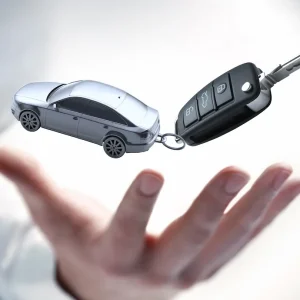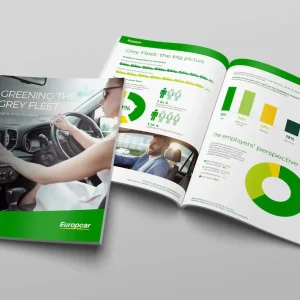
Safety on the UK’s roads is rightly the highest priority for both private and commercial motorists. In the year ending June 2022 there were over 130,000 injuries as a result of driving in the UK. This is concerning for all drivers, but with many of these statistics measured on a per mile or per kilometre basis, they are more pertinent to those who drive for, or as part of, their living.
It is crucial for drivers to understand how to manage risk on the roads. But fleet managers must also work to manage risk across their fleet. This includes a number of factors, from training and driver safeguarding to vehicle investment and maintenance – a cost that has undoubtedly increased in recent years.
Vehicle theft has also become harder to tackle and prevent. In 2022 over 58,000 vehicles were stolen, an 18% increase on 2021. Alongside thefts there were many more breakins and other related crimes, a myriad of challenges to tackle at once. This presents a difficult problem for drivers and fleet companies alike. There are, however, positive strides being taken in the world of technology to tackle theft as well as keep drivers safer on the roads.
Much of the progress so far has been reactive: Perhaps to help find a vehicle after it has already been stolen with a tracker, or determining who was at fault after an accident with a dash cam. But technology is now making huge strides in actual proactive prevention of incidents too.
Tech-savvy innovations for now and the future
Drivers and fleets are growing in their understanding of technology that can be used to keep both drivers and vehicles safe, such as dash-cams, location trackers and telematics, with 37% of fleet managers citing the use of telematics to protect their drivers.
Technology will undoubtedly help keep drivers safer in future through a wide range of innovations, some of which are available now, and some which are yet to be dreamt up.
Driver-assist technology, now seen in the form of cruise control and lane guidance in more modern cars, will one day take the form of the self-driving cars that we have been promised for some time now. It seems to me, however, that we are still some time from this becoming reality for the majority of drivers.
The space is, however, set to make significant progress in the next year or so. Collision warnings and hazard warnings for drivers are coming fast and will be made more widely available to older models of cars by smart connected dash-cams. These technologies are designed to be an extra pair of eyes to help drivers, a co-pilot, but not the kind that sits in the passenger seat and often offers no help at all.
Telematics have proved useful to fleet managers and drivers as a whole. Combining this with being able to make use of footage that can capture road incidents, monitor the behaviour of drivers, and other circumstances while fleets are completing tasks, provides a positive solution to fraudulent insurance claims that may arise from road incidents. This can also help ward off the growing pressure of vehicle theft.
Data collection and analysis is also on the rise, which in part can support fleet managers in providing training and wider support to their fleet. Vehicles can collect vast amounts of analytics in real time, which can provide further insights for route planning, managing rising fuel costs and driver safety as a whole. Being able to document information on fleet performance is a critical part of providing fleet managers peace of mind, especially when it comes to no-fault claims.
When considering the other side of this coin – keeping vehicles safe when they are not being driven – the simple stuff is often the most important. Many people would be ashamed to admit that the reason their car was stolen was that they had left it unlocked, but statistics suggest that this accounts for almost half of thefts in the UK.
Beyond doing the simple stuff, there are innovations on the way, a major one being the ability to keep an eye on your car from afar. Motion sensors and two-way communications with dash-cams gives vehicle owners a chance to deter would-be thieves as well as providing peace of mind.
Clearly technology is not going to solve all the risks that drivers and fleet managers face overnight, but it is reassuring to think that help is, at least, on the way.
Richard Peak is director of Nextbase





